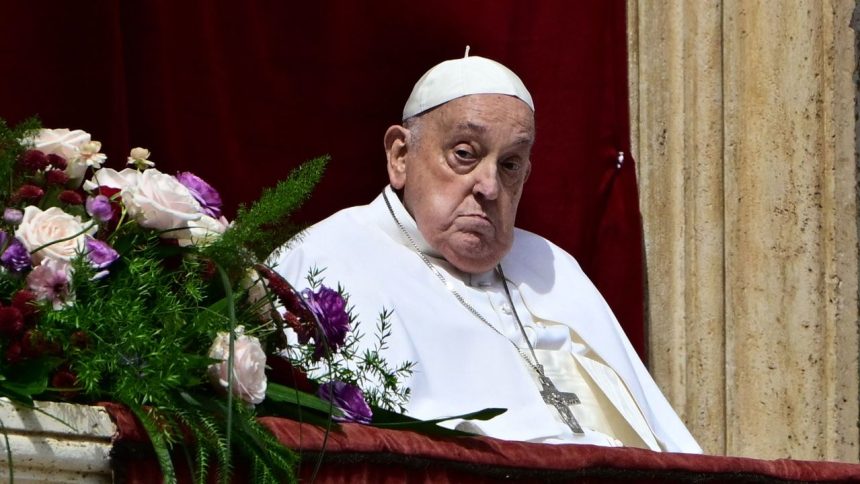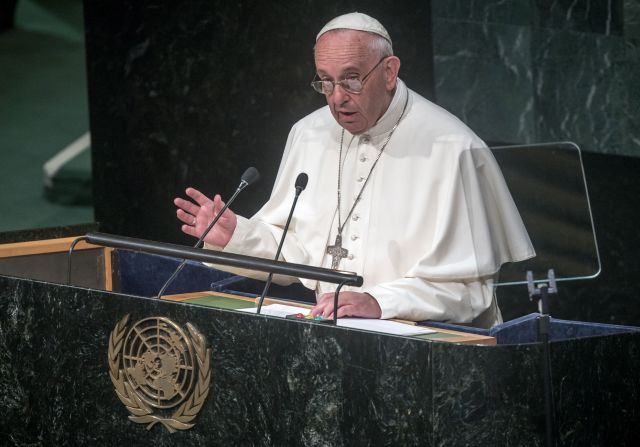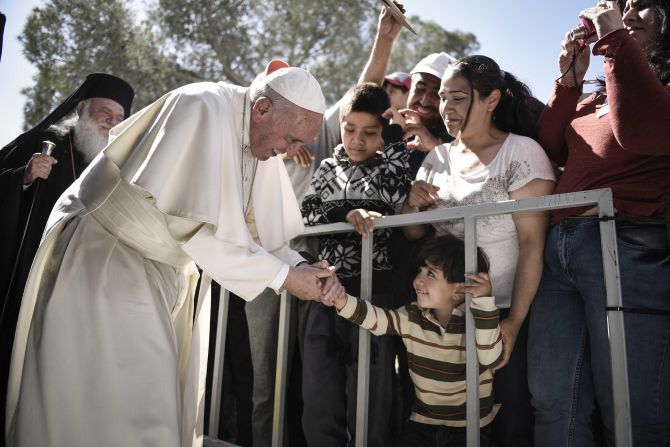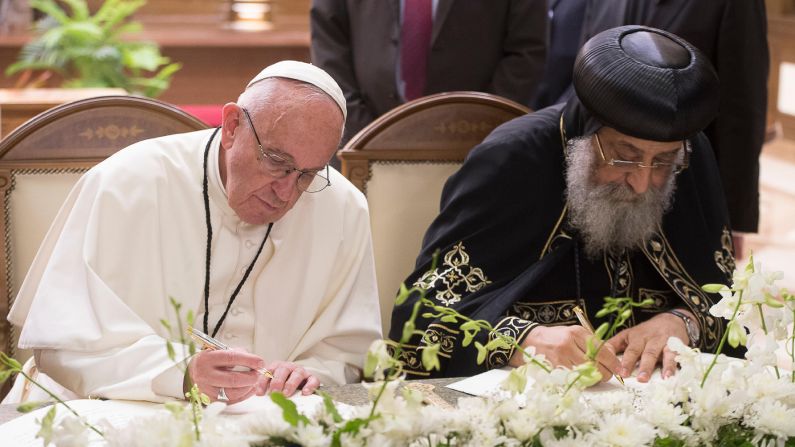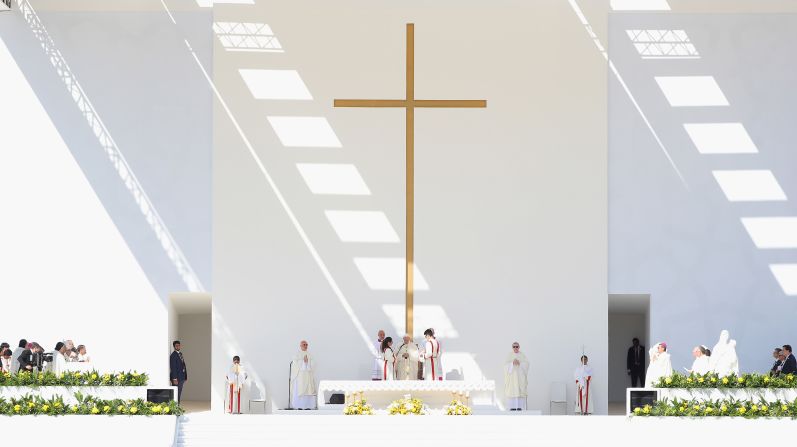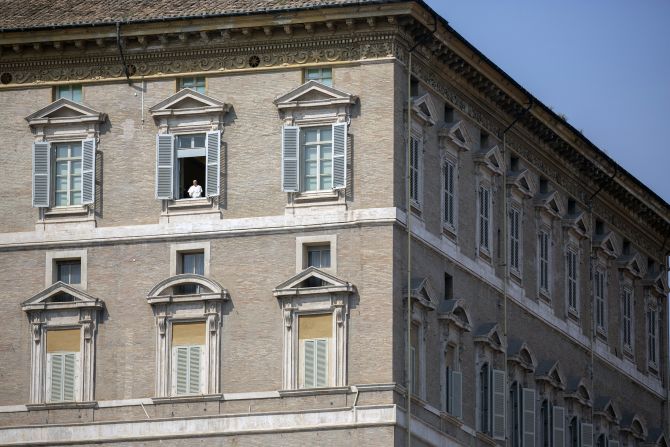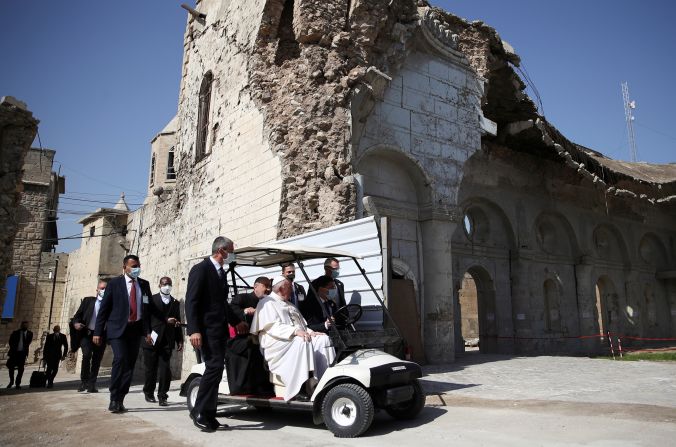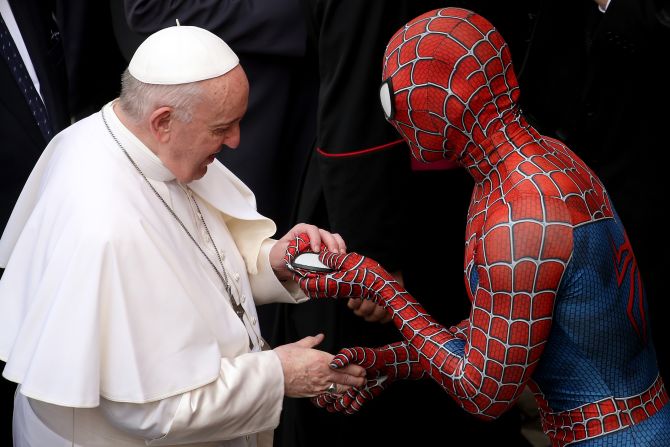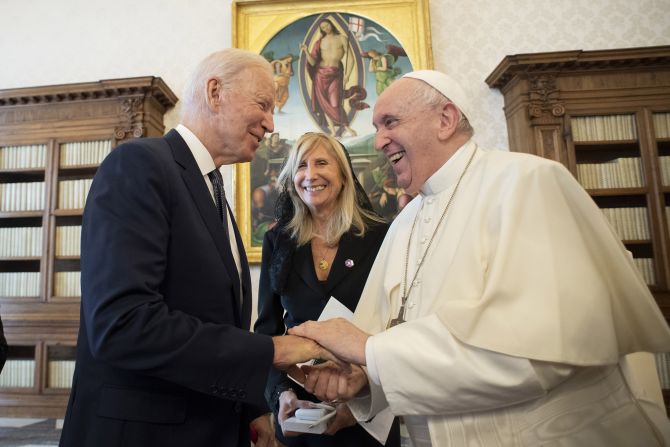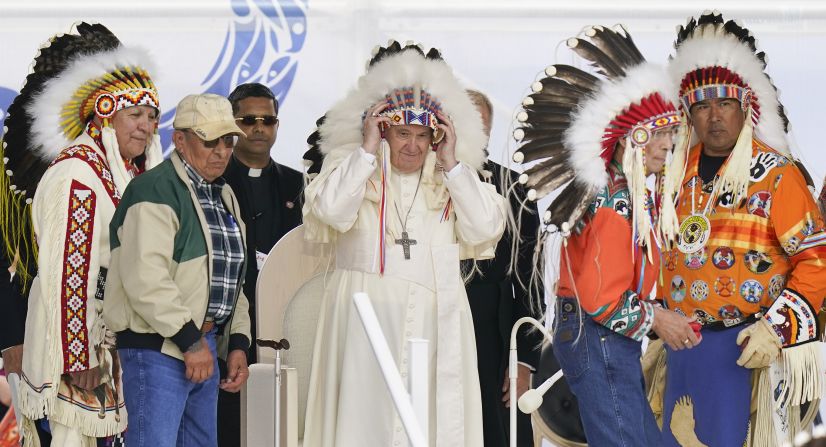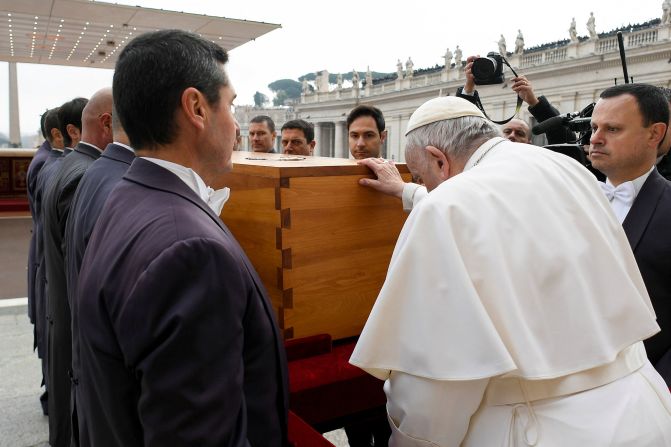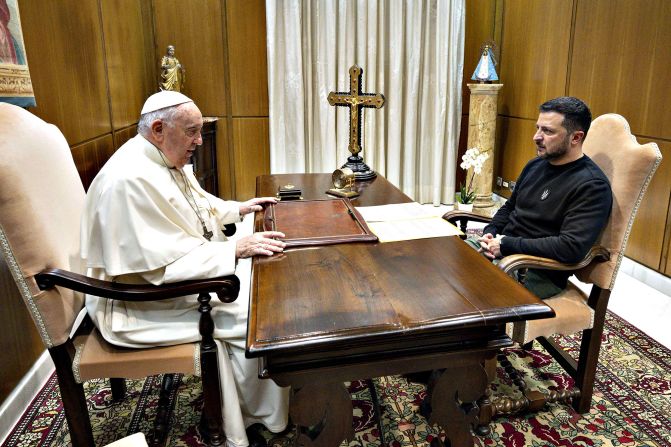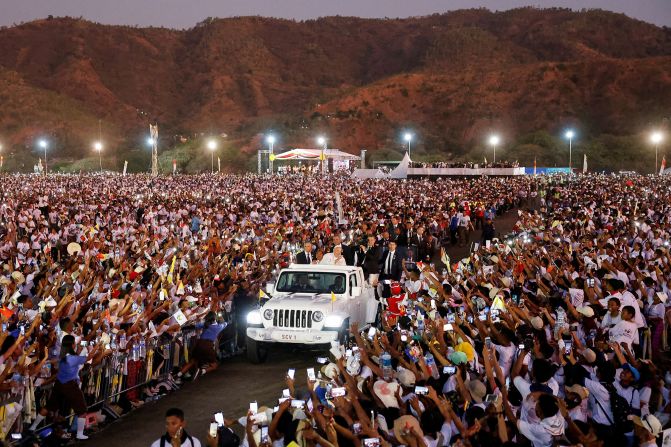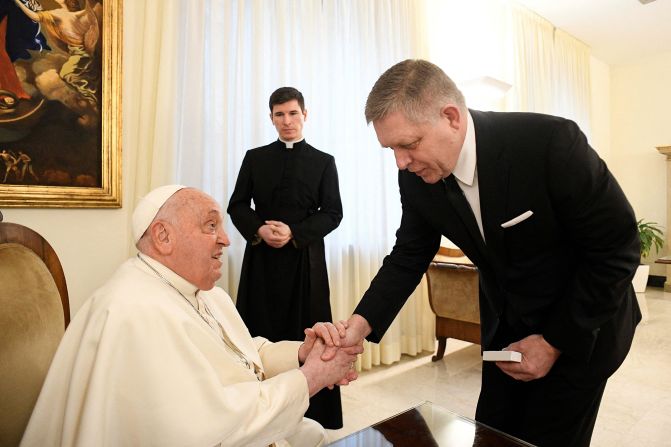CNN
—
The death of Pope Francis has triggered a period of mourning in the Vatican and signals the start of a millennia-old process of picking a new pontiff.
It is a procedure steeped in tradition, but one which has been subtly updated for the modern world.
Cardinals from around the world must gather for the conclave in which Francis’ successor is selected. It typically takes between two and three weeks for a pope to be chosen, though it can stretch slightly beyond that if cardinals struggle to agree on a candidate.
The voting process is kept secret but will take place with the eyes of the world on the Vatican and amid intense scrutiny of the Catholic Church – an institution whose reputation has been stained by the scandal of child sex abuse within its ranks, overshadowing the legacies of successive popes.
Here’s what you need to know about the coming days and weeks.
What happens during the mourning period?
The “Papal Interregnum” – the period between the death of one pope and the election of another – began when Francis passed away on Monday.
Cardinals must now decide exactly when the funeral can take place, and after that, when conclave can begin. But much of the timeline is predetermined; the pope’s death triggered the start of nine days of mourning known as the Novendiales, and the pope must be buried between the fourth and sixth day after death.
The body of the pope must also be displayed at St. Peter’s Basilica for mourning, and a mass will take place on each day. Mourners lined up for miles to see the body of Pope John Paul II, the last serving pontiff to die, in 2005.
It is likely that unofficial events will take place in tandem in Buenos Aires, where Francis lived before becoming the Bishop of Rome. In Warsaw, more than 200,000 gathered at the site where John Paul II, then Karol Wojtyla, returned as the new pope in 1979.
Then, at the end of the period of mourning, a large funeral Mass will take place at St. Peter’s. This is historically a huge event, with dignitaries expected from around the world. John Paul II’s funeral was attended by then-President George W. Bush and his two predecessors, Bill Clinton and George H.W. Bush.
When does the election of a new pope begin?
When a pope dies, the dean of the Sacred College of Cardinals calls for a meeting of all cardinals eligible to vote – those under the age of 80. They must all travel to the Vatican to do so. There are currently 136 eligible cardinals. But it’s worth remembering that in 1996, John Paul II set the maximum number of cardinals allowed to participate at 120.
Conclave is not expected to begin earlier than 15 days, nor later than 20 days, after the pope’s death – though it could get underway sooner if all the cardinal electors arrive in Rome quickly.
Inside the Sistine Chapel, the codified home of conclave, paper ballots are passed out to each cardinal, who writes the name of their chosen candidate below the words “Eligo in Summum Pontificem” (Latin for “I elect as supreme pontiff”).
Technically, any Roman Catholic male can be elected pope. But the last pope not chosen from the College of Cardinals was Urban VI in 1379.
When they’re done, each cardinal – in order of seniority – walks to the altar to ceremoniously place his folded ballot into a chalice. The votes are then counted, and the result is read to the cardinals.
If a cardinal has received two-thirds of the vote, he becomes the new pope.
As many as four votes a day – two in the morning and two in the afternoon – can be held on the second, third and fourth days of the conclave. The fifth day is set aside to break for prayer and discussion, and then voting can continue for an additional seven rounds. After that, there’s another break and the pattern resumes.
Pope Francis’ life in pictures
What happens when a pope is chosen?
News cameras will have their lenses fixed on a chimney on a Vatican rooftop for days – because that’s where the first confirmation of a new pope will be seen.
Ballots are burned after the votes, once in the morning and once in the afternoon. If a pope hasn’t been elected, the ballots will be burned along with a chemical that makes the smoke black.
If white smoke billows from the chimney, however, it means “sede vacante” (in Latin “with the chair vacant”) is over and a new pontiff has been chosen.
Traditionally, about 30 to 60 minutes after the white smoke, the new pope will appear on the balcony overlooking St. Peter’s Square.
His papal name will be announced, and the new pope will then speak briefly and say a prayer. His formal coronation will take place days after his election. The last two popes have been inaugurated in St. Peter’s Square.
Why does it matter who becomes pope?
The election of a pope is a deeply consequential decision for the Catholic Church, whose followers number some 1.3 billion around the world, according to the Vatican.
The record and beliefs of the next man to take the mantle will be scrutinized for clues as to the church’s next move.
Francis’ election was seen as something of a surprise; the first non-European leader in centuries, whose approach to many social issues was less strict than that of his predecessors.
Though he did not radically alter Catholic practices, Francis surprised global observers with comments on homosexuality and the death penalty that were far more accepting than Benedict XVI. Whether the cardinals choose to continue down that path, or revert towards a hardline interpreter of biblical teachings, will be one question that hangs over the election.
The consuming abuse scandal is another. In 2013, a group representing survivors of sexual abuse by priests named a “Dirty Dozen” list of cardinals it said would be the worst candidates for pope based on their handling of child sex abuse claims or their public comments about the cases.
All but one have aged out of eligibility or died, but undoubtedly the track record of the next pontiff when it comes to responding to and dealing with allegations of abuse will be pored over.


